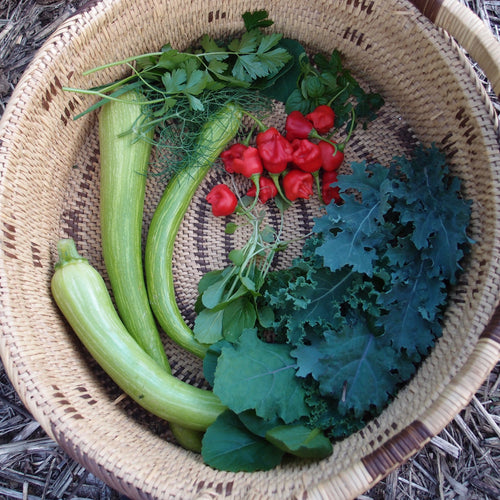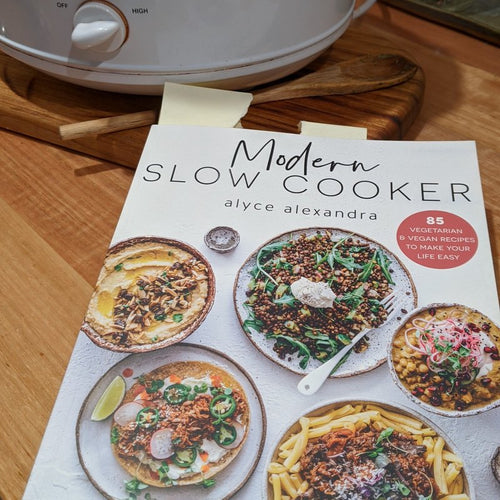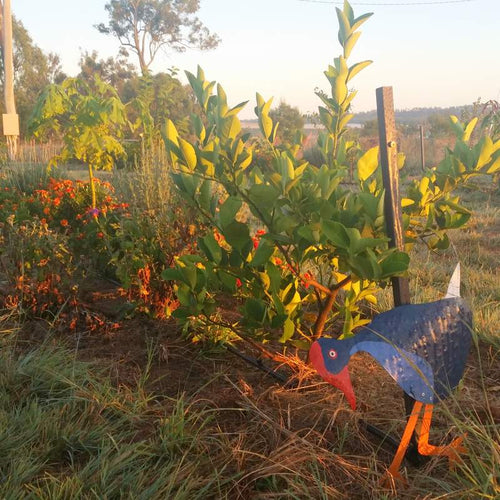How much to plant??
When we first started gardening, it was hard to know how much and how often to plant and we often ended up with big gluts of certain veges and then nothing at all to eat from the garden. We were also reluctant to not use seedlings that sprouted, even though we didn’t really have room for them. Once we had about 20 tomato plants squashed into a 1m square area of the garden. They were too close together, none of the plants fruited and they all got some kind of wilt and died! Now I have learnt to leave room between the plants and eat/compost/give away any that don’t fit. Since then we’ve got better at knowing how many of each plant we need to feed us and how much we can fit in the garden at a time. The amount you need to plant depends on your appetite, your garden area and your water availability, here's what we've found works for us.
Tomatoes: As I’ve mentioned before, I love my cherry tomato plant, I think you need at least one of these all the time to keep up a supply. They can go into the freezer for use later, or be dried, so it doesn’t matter if you produce too many. As for large tomatoes, don’t plant more that you can fit in your garden, as they don’t do well if planted too closely together. Four to six at a time are plenty to keep us supplied with fresh tomatoes over summer. If you get them started in pots at the end of winter, you usually have time for more than one crop.
 |
| Too many tomatoes squashed together - they didn't do well! |
 |
| These tomatoes have more room and did well (eight plants in 1m x 2m area) |
 |
| Six zucchinis are too much as you get about one large zucchini every couple of days from each plant! |
 |
| One or two poor man's beans are plenty, we still have extra for freezing. |
Spring onions: you can plant heaps of these all around the garden and pick them whenever you need some for dinner, they keep growing for ages and eventually they flower and produce seeds, but you can still eat them, just cut off the seed head.
 |
| Spring onions with seed heads, you can just cut them off when they're ready and still eat the onion later! |
 |
| Mini capsicums can be frozen and used later |



























Leave a comment